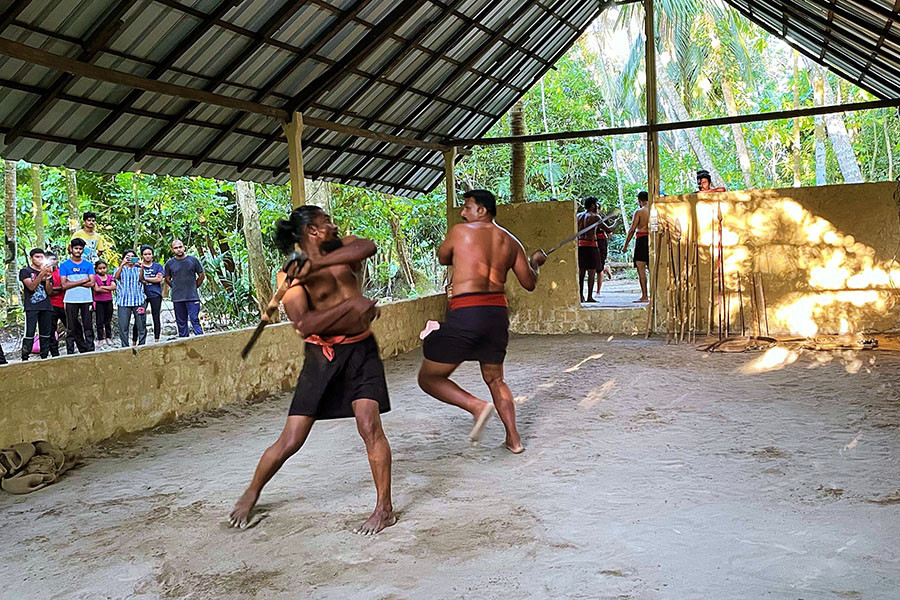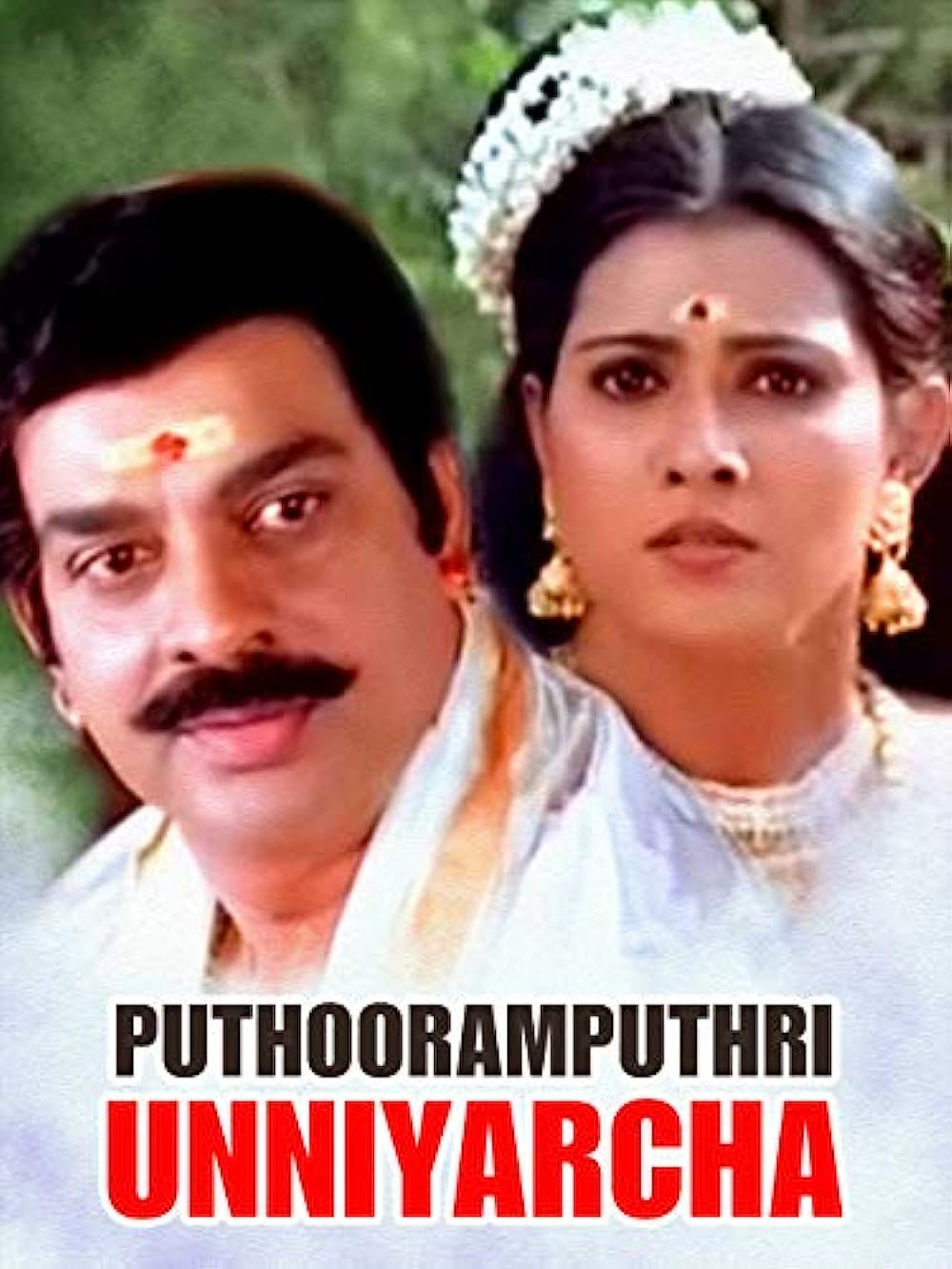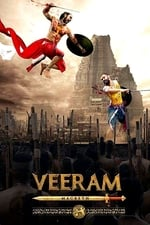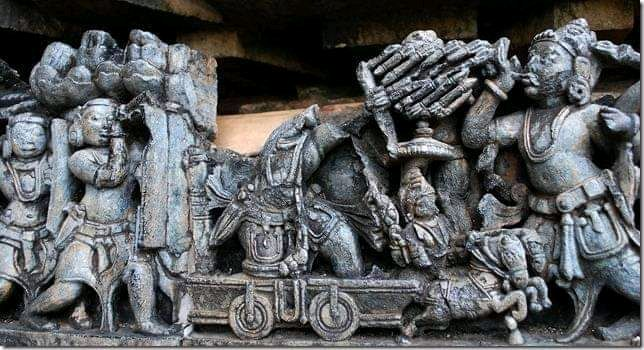The worship of BodhiDharma
7amm arivu Tamizh film: https://einthusan.tv/movie/watch/0598/?lang=tamil https://youtu.be/lYGoAZLbZh0
1-3 minutes. 21-23 minutes.
The origin of Shaolin
BuddhaBhadra. 1st abbot of the Shaolin temple.
BodhiDharma: 2nd abbot of the Shaolin temple.
https://www.facebook.com/trueindology.org/posts/pfbid027Hctmtn4xUjoCqc4bRrrBDXZqNFQY38snhSy3t7t2YjUCkeEo72FAXzj7nctE4Uql
"This painting from ancient Shaolin temple (China) depicts the Indian monk Buddhabhadra, who was the founder of Shaolin temple and its first priest, teaching martial arts to his Chinese disciple Sengchou.
Buddhabhadra founded the famous Shaolin temple in 496 CE. According to Chinese primary sources, Buddhabhadra was a Brahman monk from South India who first came to the Chinese capital Luoyang.
The Chinese Emperor Xiaowen offered to provide quarters inside the royal palace for the Indian monk. But Buddhabhadra declined this offer. He set up an Ashrama on top of Mount Song which later came to be known as Shaolin.
In this painting, the dark skinned Indian man is Buddhabhadra and his Chinese disciple Sengchou learns martial arts from him.
Source: The Bodhidharma Anthology (translation) The Earliest Records of Zen, Jeffrey L. Broughton; The Shaolin Monastery: History, Religion, and the Chinese Martial Arts", University of Hawaii press 2008"
Buddhabhadra came to China on 464 CE and Established Shailon Temple in 496 CE After Preaching Buddhism for 32 Years.
Bodhidharma Was Born in 483 CE.
Marma Kalai
"Indian" Tamizh film on Marma kalai. https://einthusan.tv/movie/watch/0066/?lang=tamil https://youtu.be/rUyVYT0IUyo 3:30-3:50
Ayurveda documentary of demo of goat paralyzed & removal of paralysis. https://youtu.be/uvG_WtRvvOk "Art of Being": Ayurveda documentary by Pan Nalin
Used for therapy. Originally Acupressure. Later developed into Acupuncture.
The Ban
Pazhassi Raja
https://youtu.be/ccbp0_ZqMBY?t=160
https://www.youtube.com/watch?v=acJFxAoXYDk 3:02-3:03
Oral history: Kalaripayattu banned after the Kottayathu war in 1804. No primary English sources on ban. The colonial British burned a lot of records when they left. Many Gurus practiced in secret & came public after India's independence, which is the secondary source for the ban.
Oral & written Sampradaya: KalariPayattu (combat place+fight) founded by Parasurama.
The Preservation
Gurukulams preserved the Vadakkathan (northern & central) Kalaripayattu art in secret, practicing with trees. Revived after India's independence.
Shrines (Poothara):
- The Ganapathitara
- The Ayudhathara, which is dedicated to Shiva (also called Ayudhabairavan)
- The Gurutara – a small platform in remembrance of all past Gurus & current Guru.
- A small set of seven steps representing the seven chakras.
Final training: Marma kalai & Rahasya Mantras. Safety precautions taken.
POOTHARA PRANAMAM (SALUTATION OF KALARI PAYATTU)
- The first step is that of Vignesha or Ganapathi at the base of the Poothara indicating strength & initiation.
- The second step is Chandika or Bhumi or Parvati (Earth Power) giving patience of earth.
- The third step is of Vishnu for Agnisakti or commanding power. Vishnu has the Chakra as his weapon and its rotation destroys all enemies.
- On the fourth step is Vadukisca or lighting. Speed & Posture (Ayudha parasakthi).
- On the fifth step is Tadaaguru the power and blessings of the guru (Gurusakthi).
- And on the sixth step is Kali in her Raudra aspect. Here, you get this special power of fury.
- Finally, at the seventh is Vagastha-purusha where you get the power of voice or sound. Making certain noises, one can terrify the opponent like an animal.
Ashoka film: https://einthusan.tv/movie/watch/1170/?lang=hindi 51:35-53:10
The Myth-Jackie chan: https://youtu.be/V7YYYTSkiJ8
The Last Legion with Aishwarya Rai, treated the art with respect: https://youtu.be/5HIVRnF2CzE
Magadheera: https://youtu.be/3M3irOF2ai4
Adimurai
South Form (Then/Therku): Adimurai. Varma Adi, AdiThadi, Chinna Adi.
Origin: Agasthya. Practiced by Siddhas, Siddha medicinal system.
64 "practical vital spots" (abhyasamarmmangal): used only in danger. Knowledge may be passed down only to a Shiva Yogi.
Sri Bhadrakali Mantram: chanted without error, can defeat the enemy.
Adimurai movie: Pattas. https://einthusan.tv/movie/watch/27KY/?lang=tamil 1:28:00-1:35:00 Wanted recognition by the Indian government.
Kalaripayattu from Kerala, Mallakhamb of Central India, Gatka of Punjab and Thang-ta of Manipur recognized as a sport in March 2021 by the Indian government. Multiple local indigenous martial arts still struggling & kept alive by a few practitioners. May go extinct without patronage.
AngamPora
Flexible sword: Urumi
Ashoka film: https://einthusan.tv/movie/watch/1170/?lang=hindi 7:50-8:40 51:35-53:10
Junglee film: Vidyut Jammwal. https://einthusan.tv/movie/watch/95Po/?lang=hindi 1:15:00-1:18:00
Urumi film: https://einthusan.tv/movie/watch/3083/?lang=malayalam
Panipat film: Sadashiv Rao Bhau practicing with an Urumi. https://youtu.be/zpXnmy-6w1g?t=97
Warriors
Types of warfare
- Rig Veda: AyurVeda
- Sama Veda: Gandharva Veda
- Yajur Veda: Dhanur Veda
- Atharva Veda: Artha Shastra & Sthapatyaveda
- Close combat: Malla-Yuddha (wrestling), Mushti-Yuddha (boxing, Kusthi/Kutthu). Chanura/Mushtika examples.
- Close weapon combat: Amukta. Weapons that cannot be released from the hand. Gadha (mace), KhadgaVidya (sword), Danda (stick)-Silambam, Gatka.
- Range weapons: Mukta
- PaniMukta (weapons released by hand). Throwing (spear) & Archer (bow/arrow).
- YantraMukta (weapons released by machines).
- MuktAMukta: released with mantras & the power of the mind. Ended with Dvapara Yuga. Kali Yuga humans lack the mental strength.
Ramayana: Anjaneya never uses Gadha. Only Vali & Sugriva knew to use weapons, only PaniMukta like Gadha. Vanaras would fight by throwing rocks, trees & mountains.
Types of war
- Achara Yuddha: right type of warfare with rules followed.
- Rakshasa Yuddha: Enemy who follows no rules & harms civilians. Vasishta recommends not following Achara Yuddha & following Koota Yuddha instead.
- Koota Yuddha: Use strategy, tactics & deception without stooping to Rakshasa Yuddha.
- Dharma Yuddha: war to restore & preserve Dharma.




















